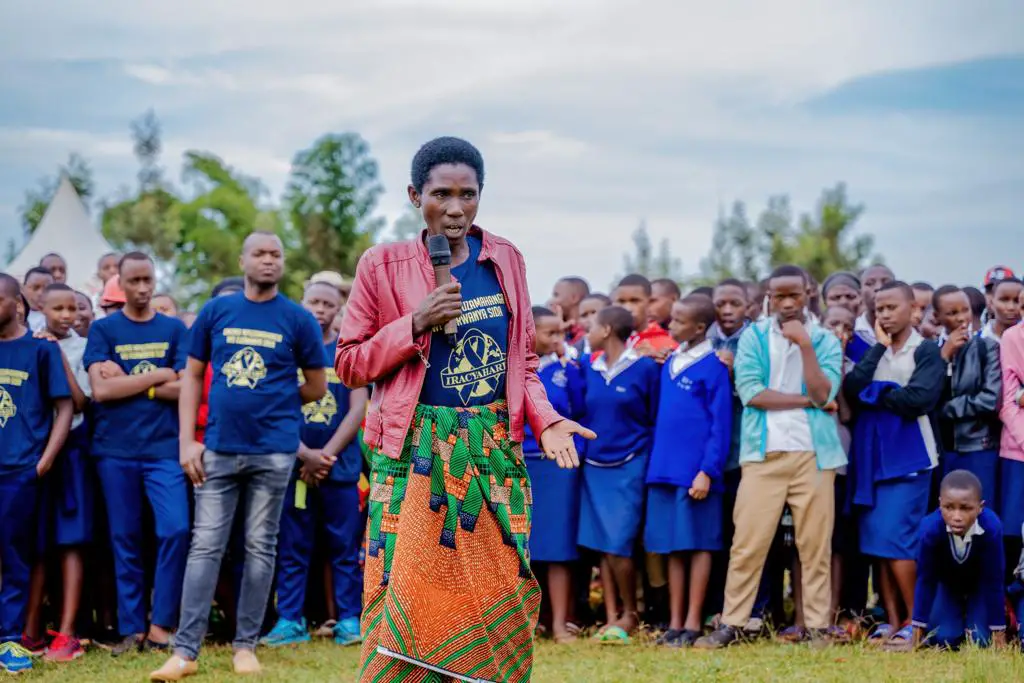The lack of access to HIV/AIDS prevention services is a key factor in the continued spread of the disease.
According to AIDS HealthCare Foundation (AHF Rwanda), Young people continue to be among the most vulnerable groups of HIV infection.
AHF Rwanda made the observation during the commemoration of World AIDS Day on December 2.
Meanwhile, Residents of Musha sector in Rwamagana district have requested that more efforts be made to reachout to Youth and provide them with HIV/AIDS prevention services.
Musha sector is a busy mining zone with over 1200 people, mostly young people working in the mining sites and are at risk of falling prey to HIV/AIDS.
Dr.Rangira Lambert, the Programs Manager of AHF Rwanda, said that they focused on that sector because it is home to many young people, and the statistics show that young people are at risk.
“We have seen statistics that show that new infections are more common among young people, especially among females between the ages of 15 and 24. We encourage young people to continue preventive measures,” said Dr.Rangira.
In Musha sector, more than 42,000 condoms have been distributed, as well as HIV self-test kits.
Dr.Rangira said that they are currently working in 11 districts but they may expand to others to extend AIDS prevention services to more people.
He urged those infected with HIV to continue to avoid and take medication properly because “being infected with AIDS is not the end of life”.
A mother who testified that she had been living with HIV for 22 years, said that at first it was difficult for her to recover until it took her seven years before she started treatment.
“In 2007, I went to the doctor, and they put me on medication. I started medication with low CD4 count of 20 cells left, and I took the medication for two years, and in 2010, I started to feel a better person, I am no longer afraid or afraid of others.”
She advised those who are not infected with AIDS to behave themselves, get tested to know their status and those who are infected to continue taking their medication.
She said, “If you don’t get rid of AIDS, you should be able to test yourself and know your status and prevent it because it’s the first thing. Those who are infected are not the end of the infection, it’s to avoid infecting others and going to drugs. You should take medicine correctly and on time.”
“We ask different organizations to cooperate in this campaign so that people know that AIDS is still present and help in prevention, including the distribution of condoms to young people and to continue to monitor those living with the infection so that they do not lose heart.”
The 2019 statistics show that HIV infection in Rwanda has been at 3% for some time, but now it has started to change, because among people aged 15-49 the HIV infection rate has reached 2.6%.
As for those under 15 years, they are less than 1%, up to 49 years old is 2.5%, and over 49 years old is 3%, and over 60 years old is 8%.



















